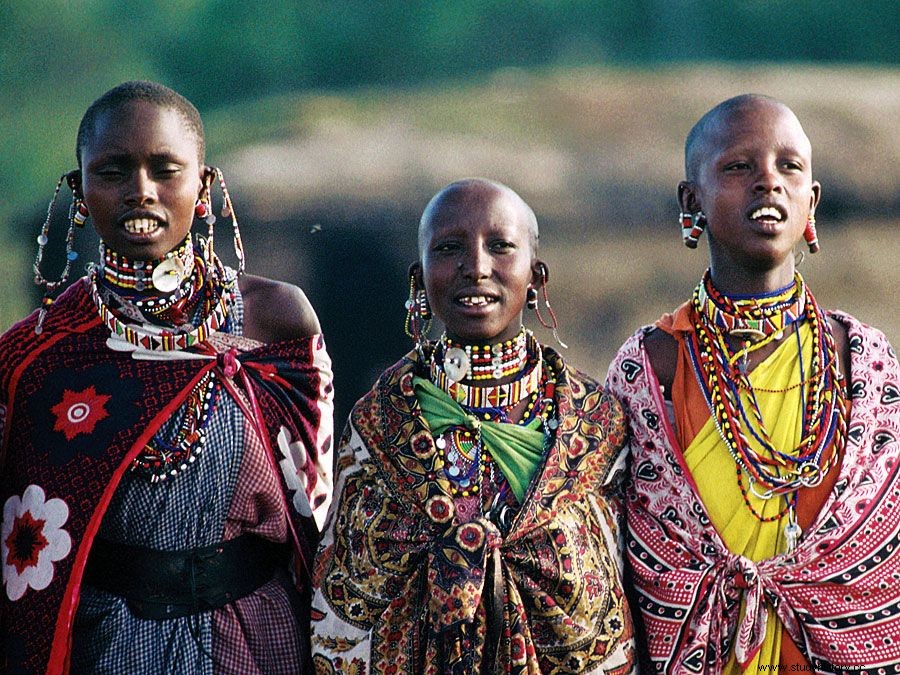Ndongo , historical African kingdom of Mbundu Guys. The original core of the kingdom was in the highlands east of Luanda . Angola , between the rivers Cuanza and Lucala. At its peak in the late 16th century, it extended west to the Atlantic coast and south of the Cuanza.
 Britannica Quiz Exploring Africa:Fact or Fiction? Though this continent is teeming with natural resources and diverse wildlife, how much do you really know about Africa? Sort these facts from Cairo to Khartoum in this African odyssey.
Britannica Quiz Exploring Africa:Fact or Fiction? Though this continent is teeming with natural resources and diverse wildlife, how much do you really know about Africa? Sort these facts from Cairo to Khartoum in this African odyssey. In early tradition, Ndongo became Congo Kingdom , probably late 15th or early 16th century. Ndongo's kings bore the title ngola , which later gave its name Portuguese Colony of Angola. Portugal had from 1520 temporarily ties to Ndongo, but it was not until 1575 that a Portuguese base was established - by Paulo Dias de Novais on the island of Luanda. At first Dias de Novais worked with Ndongo, his forces serving as mercenaries in Ndongo's army, but in 1579 he and his forces were driven out of the capital and nearly expelled from the kingdom. The Kongo Kingdom intervened on behalf of Dias de Novais and rescued his forces, which then made war on Ndongo. During this conflict, the Portuguese built an important inland fortress on the Cuanza in Massangano, which served as the base for the capture of slaves for use in Brazil.
A military stalemate that had developed in the late 16th century was broken when Portuguese governor Luis Mendes de Vasconcelus Imbangala- Mercenaries recruited and King Ngola Mbande in a series of campaigns (1617) from its capital to a refuge in Cuanza River driven –21). Ngola Mbande negotiated a partially satisfactory peace deal through his sister, Njinga Mbande (Njinga also spelled Nzinga, Jinga, or Ginga; also known by her given name Ana de Sousa). After the death of Ngola Mbande in 1624, Njinga took power in Ndongo - first as regent, then as queen. Her rival for the throne, Ngola a Hari, was supported by the Portuguese, and in the civil war that followed their combined forces had driven Njinga from Ndongo to Ndongo Matamba by 1631. Ngola a Hari was then baptized Felipe I de Sousa and proclaimed king of Ndongo, who was fortified by his mountain base in Pungo a Ndongo, although the war between Njinga and Felipe continued in the following years. When the Dutch invaded the region in 1641, Felipe Ndongo allied with the Portuguese against them in an indecisive war that ended with the overthrow of the Dutch in 1648, led by the Brazilian governor Salvador de Sá on behalf of the Portuguese. Years later, a peace treaty between Njinga and the Portuguese recognized Njinga as the ruler of Matamba, over protests from Felipe. Felipe's successor, his son, was outraged later against the Portuguese:he was defeated in 1671 and his lands were integrated to the Portuguese colony of Angola.
